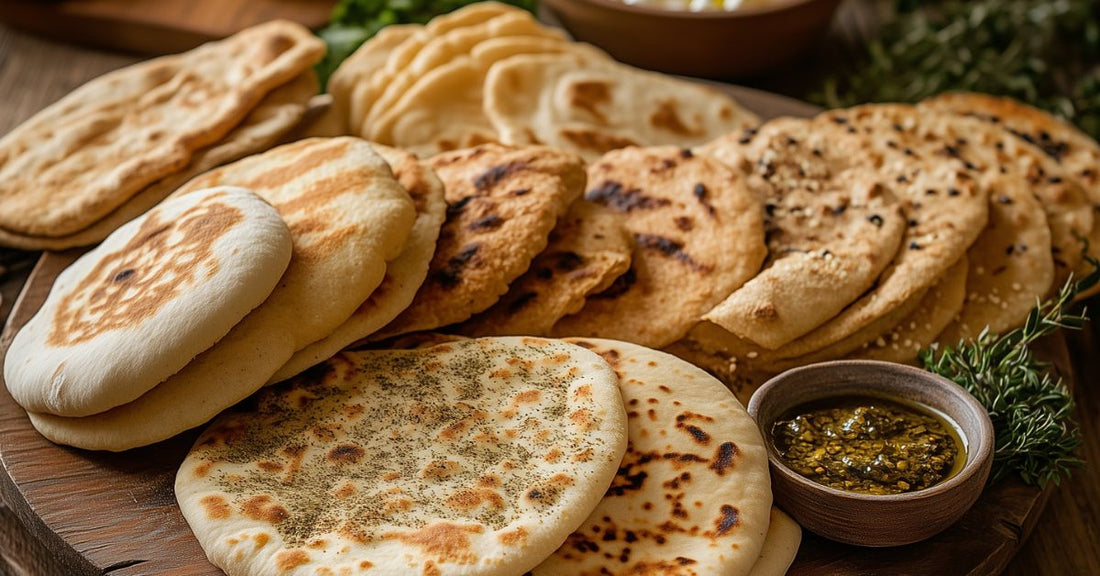
The Significance of Bread in Arab Cultures
Share
The Sacred Role of Bread in Arab Cultures
In Arab cultures, bread is more than just food—it’s a symbol of hospitality, generosity, and community. From bustling souks to family kitchens, the smell of freshly baked bread is a reminder of tradition and connection passed down through generations.
Bread: The Heart of Arab Cuisine
Bread is central to every meal in Arab households. Whether it's pita or khubz regag, bread is not just a side dish—it’s a vital part of the dining experience. Bread serves as a tool for scooping dips like hummus and baba ghanoush, wrapping around grilled meats, or soaking up the flavorful stews and sauces that define Arab cooking.
More than Food: The Symbolism of Bread
In Arab cultures, bread is a symbol of hospitality and kindness. Offering bread to a guest is a gesture of warmth and generosity, and the act of breaking bread together creates a sense of unity. During Ramadan, bread is often part of iftar, the meal that breaks the fast, reinforcing its role as a source of nourishment and sustenance.
Bread in Palestinian Culture
In Palestine, taboon bread is a staple. Baked in traditional clay ovens, it’s often paired with za'atar or used to wrap around dishes like musakhan. Bread-making is a communal practice in many Palestinian villages, where families gather to prepare and bake together.
Bread in Lebanese Culture
In Lebanon, Sajj bread, a thin flatbread, is common and often used to make manakish, a popular street food topped with za'atar or cheese. Pita bread is also widely consumed and served with almost every meal, from breakfast to dinner, used to scoop up mezze or accompany stews.
Khubz Regag in the GCC
In the Gulf, khubz regag is a very thin, crispy bread, similar to a crepe, and is often used in traditional dishes like margoog. This bread is made by spreading a thin layer of dough on a hot griddle, resulting in a crisp and delicate texture. In dishes like margoog or Saudi thareed, khubz regag absorbs the rich flavors of the stew, making it an essential part of the meal. Its light texture allows it to soak up the savory broth without becoming soggy, making every bite full of flavor.
A Tapestry of Breads Arab regions have diverse bread traditions, each with its own unique flavor and cultural significance:
- Pita: Common across the Levant and used for scooping dips.
- Sajj: A thin, round flatbread used in Lebanon for wraps and manakish.
- Khubz Regag: A paper-thin, crispy bread in the GCC used in dishes like margoog and thareed.

Bread's Lasting Legacy
For Arabs, bread represents family, tradition, and the sharing of meals. It has nourished generations, built communities, and continues to be an essential part of Arab culture, connecting us to our roots and to each other.
What's your favorite Middle Eastern bread? Let me know in the comments!
